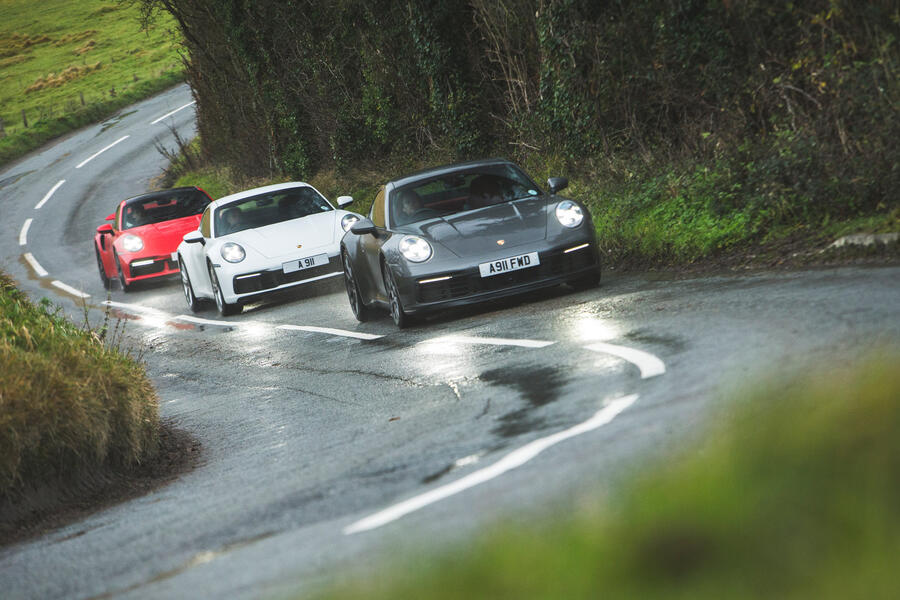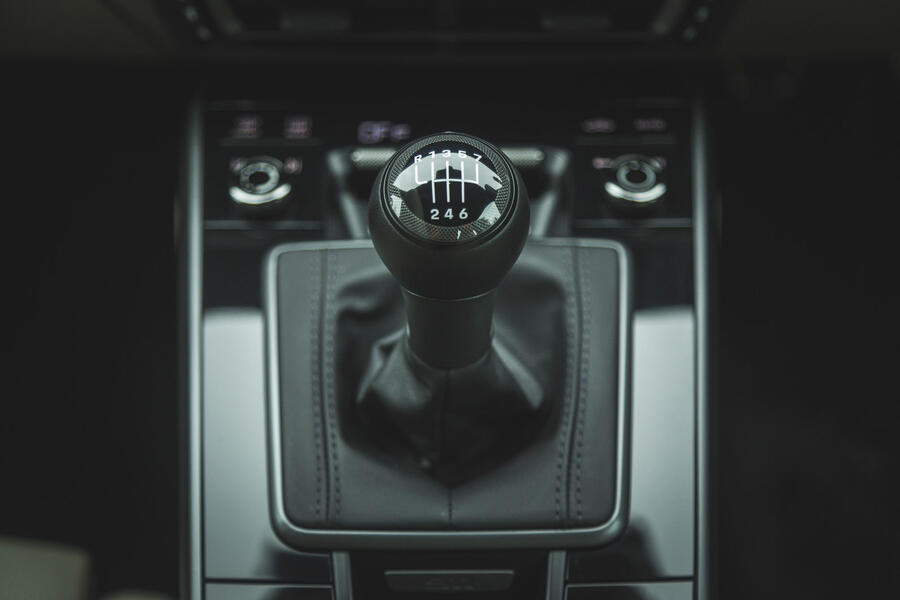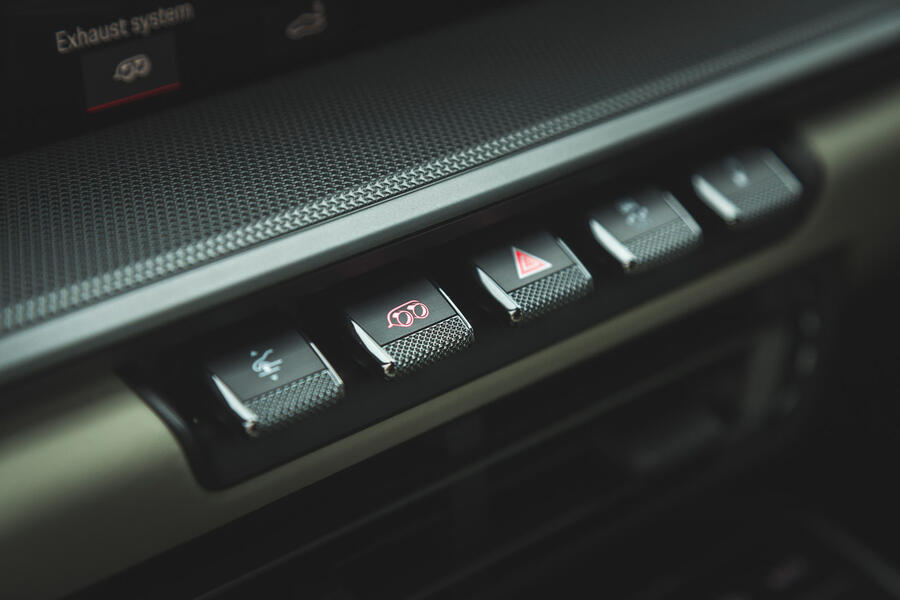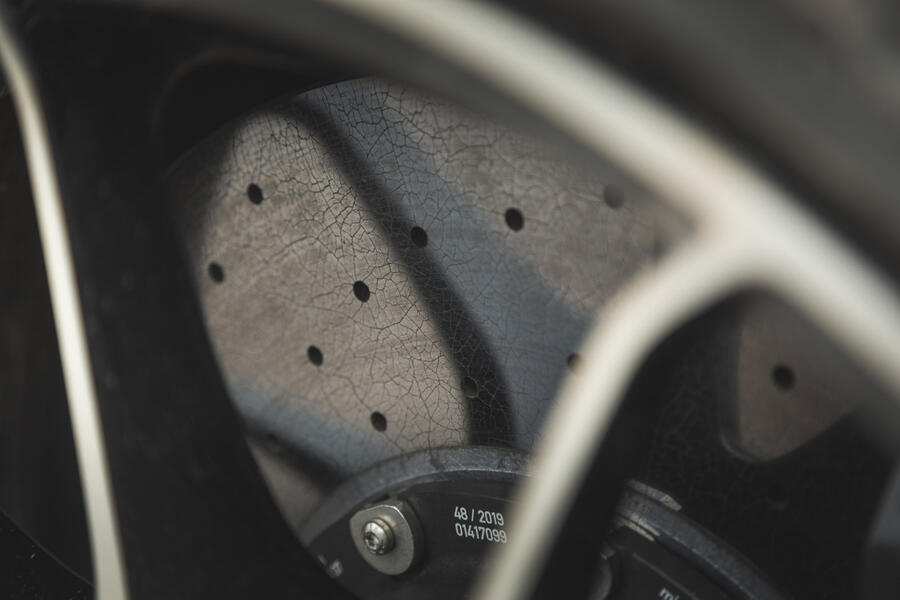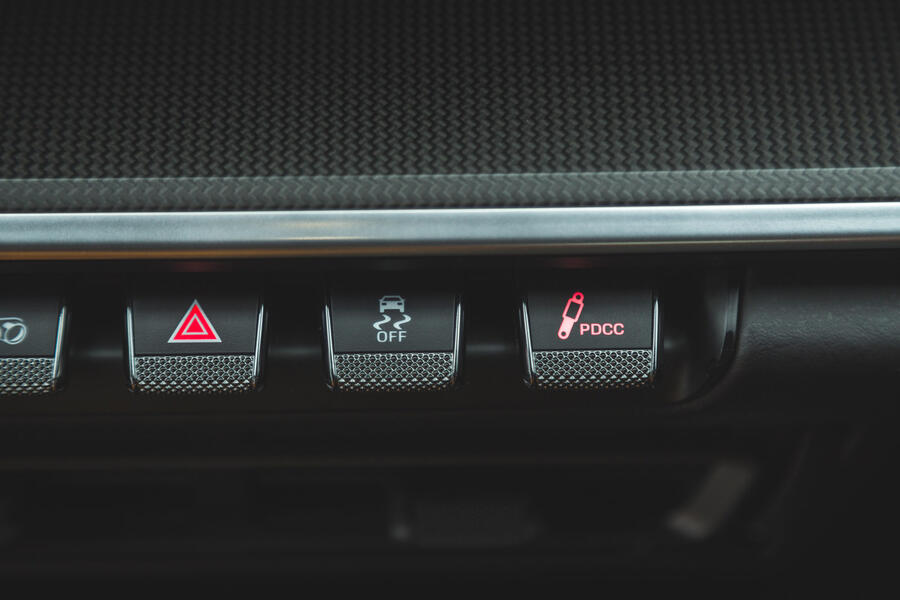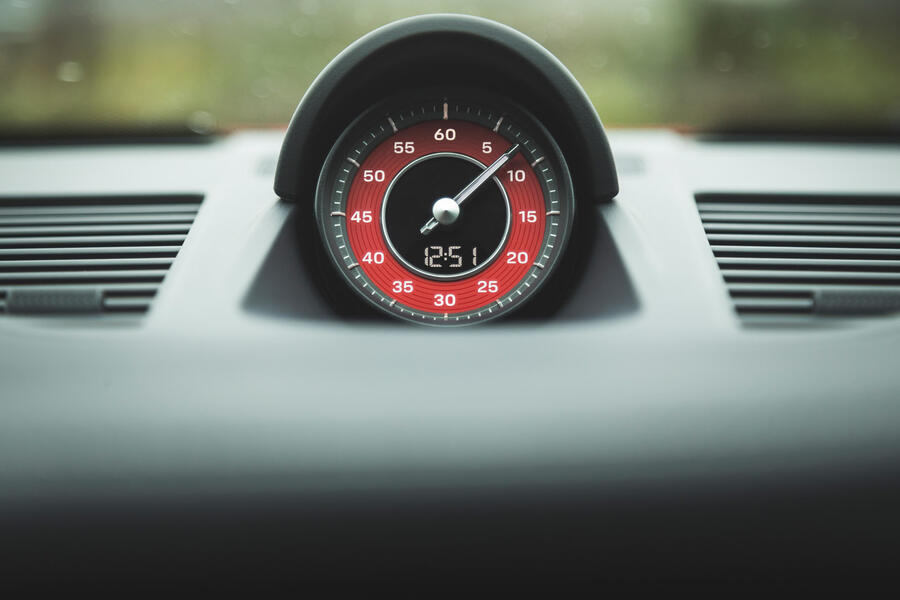Were you to flick through the sales brochure for the Porsche 901 – as the 911 was known in the early 1960s, before Peugeot asserted its naming rights – you’d marvel at the simplicity.
Porsche provides quaint details such as the handbrake drum diameter (180mm) and the ‘location of engine in vehicle’, which, just to be clear, is ‘at rear, behind rear axle’. But more broadly, while there are columns of figures to absorb, there’s not much variation. None, in fact, except for a small note at the very bottom of the specification, where we’re told additional gear sets for the five-speed gearbox exist. The 911 is otherwise a set mechanical menu.
You don’t need me to tell you that this level of rationalisation is utterly alien to the 911 Carrera of 2021. Hit up today’s weighty brochure and, before you begin to contemplate whether to have a gloss or anodised finish for the inside of the dust caps (only joking…), or if you really are suave enough to pull off houndstooth seats (of course you are), you need to get your head around an arsenal of dynamic options that mean two identical-looking 911s can actually behave very differently on the road. And, no pressure, but things can get quite expensive, even before you get to the 911 Turbo models and the screaming GT-series cars.
The bare-bones Carrera, which comes only in rear-driven, PDK-shifting form, is yours for £83,000, while a Carrera 4S stuffed with every chassis and powertrain option costs £118,000. The difference is almost enough to put an Alpine A110 on your drive. What is tricky to pin down is where between those two price points is the Carrera undercooked, overwrought, or so good that the result is worth every penny.
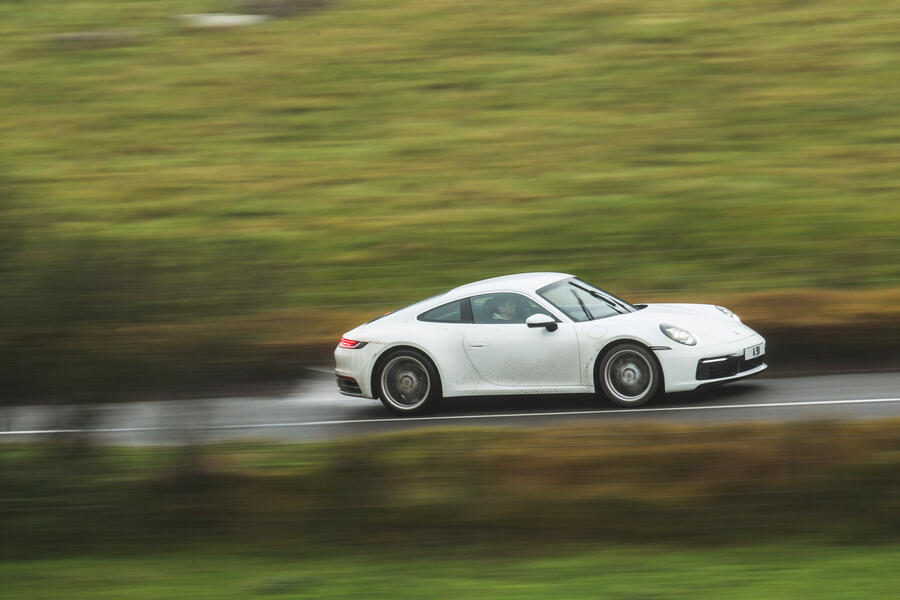
Happily, the recent arrival of an almost entirely option-free car on Porsche GB’s press fleet gives us a rare chance to find out – and there really is an emphasis on the ‘rare’. After all, who can resist technologies that promise to make your car go faster, become more agile and, of course, look meaner? And as your dealer will remind you, there are residuals to consider. In practice, it means truly basic 911s tend to exist only on paper: nobody buys them, and so Porsche reasonably assumes we have no appetite to test them.
Of course, this isn’t true, not least because today our plain white Carrera can act as a control against which to assess all those tempting options (see p40) and therefore define the optimal 911. We also have four opinionated road testers and three further 911s, each with varying levels of kit, including a manual Carrera S (Gentian Blue) and a PDK-equipped Carrera 4S (Agate Grey) with rear-wheel steering. Unlike the regular Carrera, both the S and 4S also have the 10mm-lower PASM Sport suspension and sports exhaust. And just so we have at least one car running PDCC active anti-roll bars and carbon-ceramic brakes, there’s the grandaddy Turbo S (Guards Red). It’s no Carrera, but with it here, every possible 911 option can be assessed.
So we drive all day, up and down the most challenging B-roads known to our collective hive mind, repeating runs in each of our four subjects until we are clear about what we like and what we would spend our own money on.

